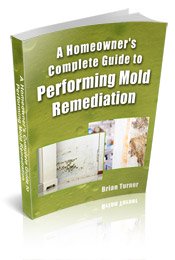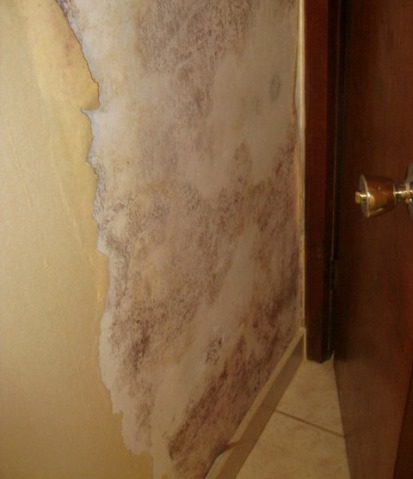Find a Mold Specialist Now
Click or Call, Toll-Free 24/7
Do It Yourself Mold Remediation
We’ll be honest with you, we do not recommend do it yourself mold remediation in most cases. While removing small amounts of mold from bathroom tile is usually easy enough, the best way to remove mold in most cases depends on many factors, including where the mold is and what type of mold it is. It can be difficult to do a thorough job. In many cases, it’s difficult just to find all the mold, because it can hide under carpets and inside walls and in other places where it’s hard to detect. Removing mold can also be dangerous, since the inhalation of mold spores can cause serious health problems.
We know some people really want to try do it yourself mold remediation, though, either to save money or just because they like doing their own work around the house. If you’re going to try it yourself, we encourage you to educate yourself about the process and to take all practical safety measures. You can schedule a free consultation with a mold remediation professional if you want to get some expert advice before you get started.
The Best Way to Remove Mold
The best way to remove mold is to use a product specifically designed to kill and remove mold. There are more than a hundred different strains of mold sometimes found in homes in the U.S. and some products work better on some strains of mold than on others. If you decide to have a go at do it yourself mold remediation, you probably won’t know what strain or strains you’re dealing with so look for a good general biocide like Foster 40-80.
Follow the directions on the product you purchase. Contact the manufacturer if you have any questions about how to use it correctly and safely. Never mix biocides with household cleaners, chlorine bleach or any other substances unless the manufacturer advises you to do so.
Be sure to clean the area immediately surrounding the mold as well, and look carefully to determine if mold has spread to other areas. Keep in mind the fact that mold often spreads to grow inside walls, under carpets and inside heating and air ducts. If you’re not sure you have located and removed all the mold, you can contact a mold remediation professional. Professionals will usually inspect your home for mold at no cost to you and then give you an estimate of what they would charge to do the job for you. Even if you plan to do the job yourself, you can request an inspection in order to make sure you found all the mold in your home.
Safety and Do It Yourself Mold Remediation

Mold remediation is a big job. It is hard work and can be difficult to do a thorough job. The greatest challenge with do it yourself mold remediation is the safety factor.
Mold is a hazardous substance. Since we are probably all familiar with finding a little mold or mildew in our showers at times, we don’t usually consider it to be a hazardous substance, but it is. Removing mold is not the same as scrubbing soap scum off the tub. You do not want to touch the mold and you definitely do not want to breathe in any mold spores.
The best way to remove mold safely is to purchase a respirator mask, latex or vinyl gloves, disposable shoe covers and a disposable hair cover and to use a large sheet of plastic to cover the door to the room in which you will be working. You can consult with a professional for more information; the best way to remove mold safely depends on where the mold is growing and is a fairly complex issue.
When You Should Not Attempt to Remove Mold on Your Own
Some homeowners prefer to handle mold removal on their own, but there are some circumstances under which you really should not attempt the job yourself. You should call a professional if:
- You have mold covering a large surface area in your home.
- You have mold in several different locations.
- You have mold in your heating and ventilation ducts, or suspect there may be mold growing in there.
- You smell a musty odor but cannot locate any mold; a musty odor almost always means there is mold growing somewhere.
- Mold growth developed after contamination with unclean water, such as water that might contain sewage or hazardous chemicals.
- You have symptoms of mold-related illness, respiratory problems like asthma, or a problem with your immune system.
Contact a professional to schedule a free consultation. Even if you don’t want to hire someone to do the job, you can get helpful tips about how to complete the job yourself. For a list of professionals in your area, follow the link.
Return From Do It Yourself Mold Remediation To Our Home Mold Remediation Page
Black Mold Health Symptoms Home Page






